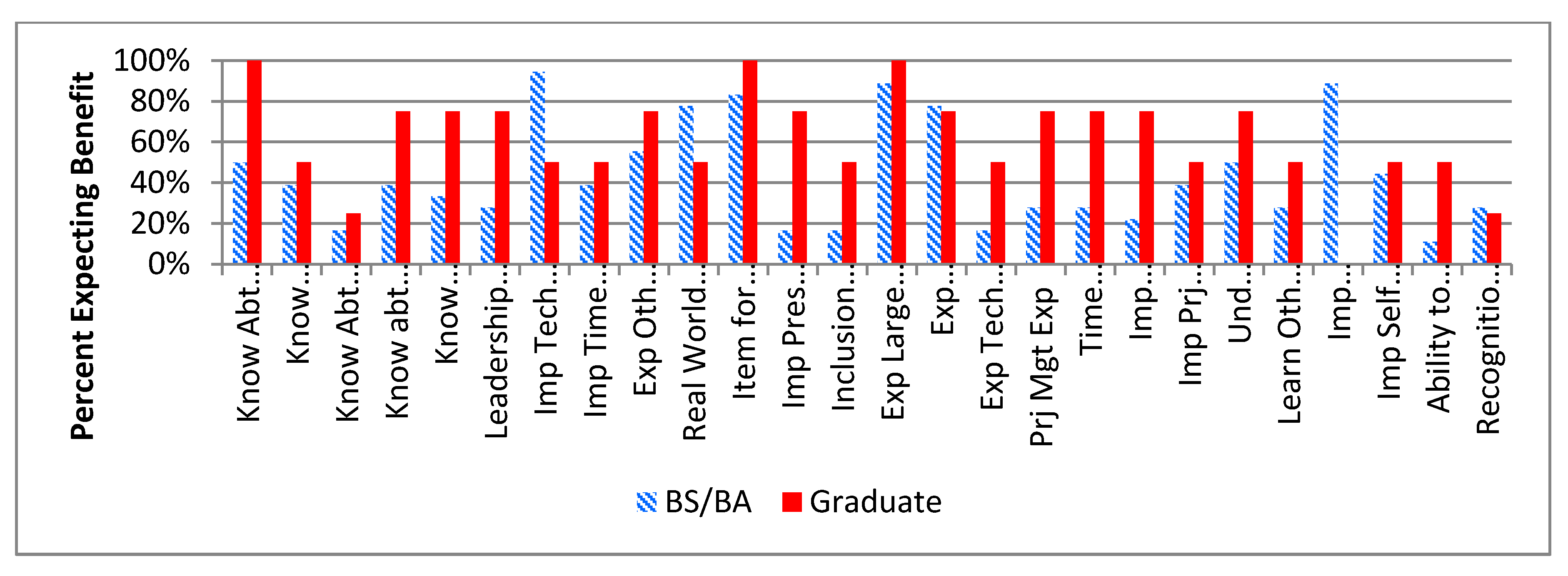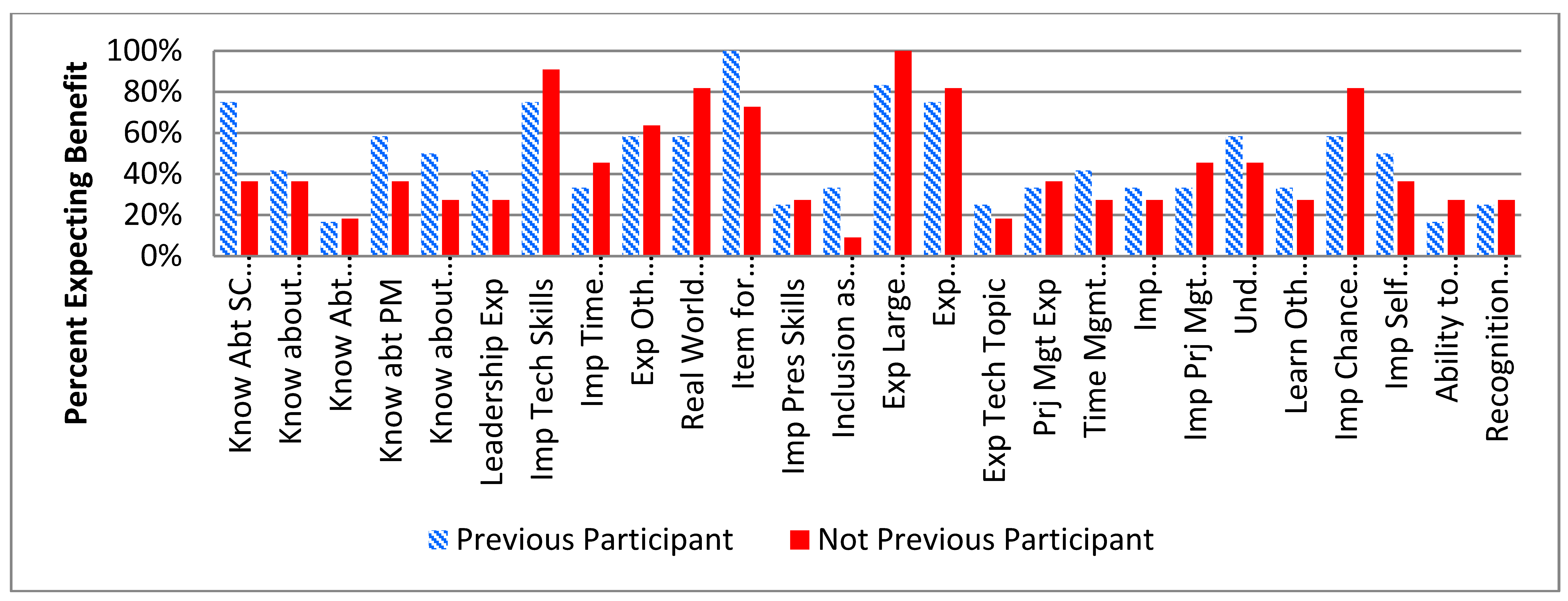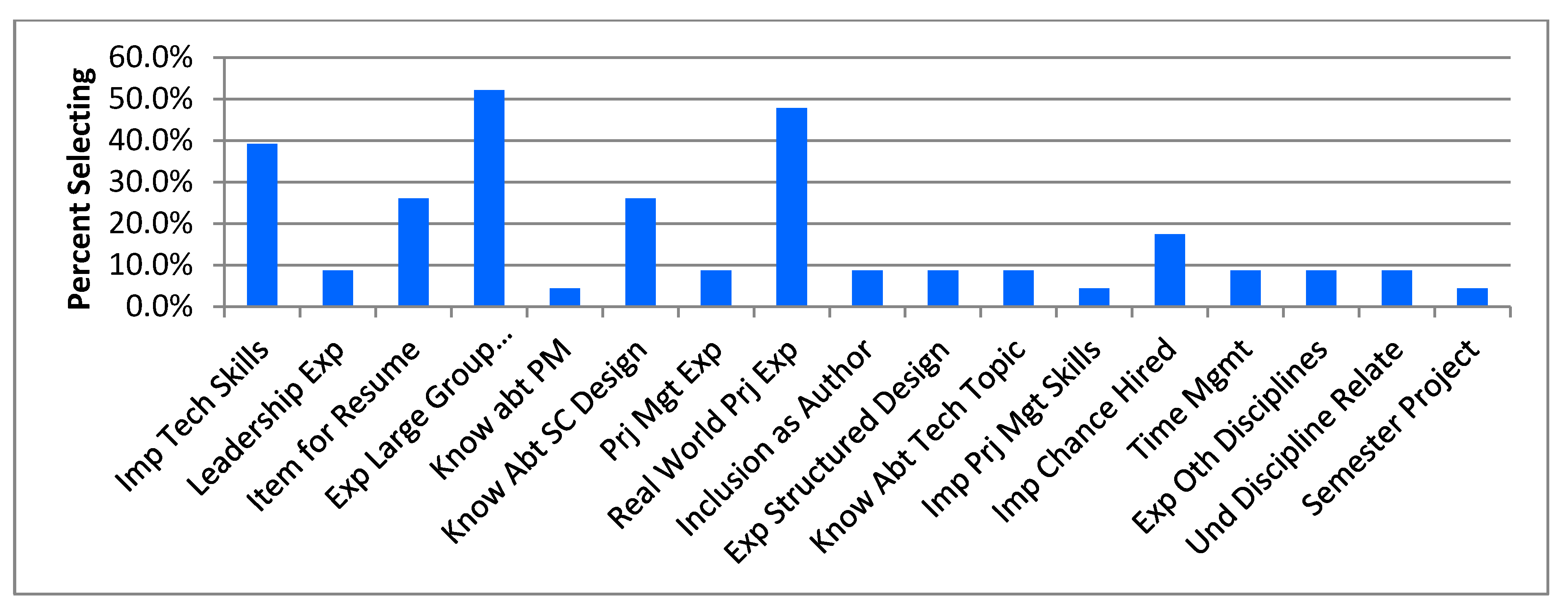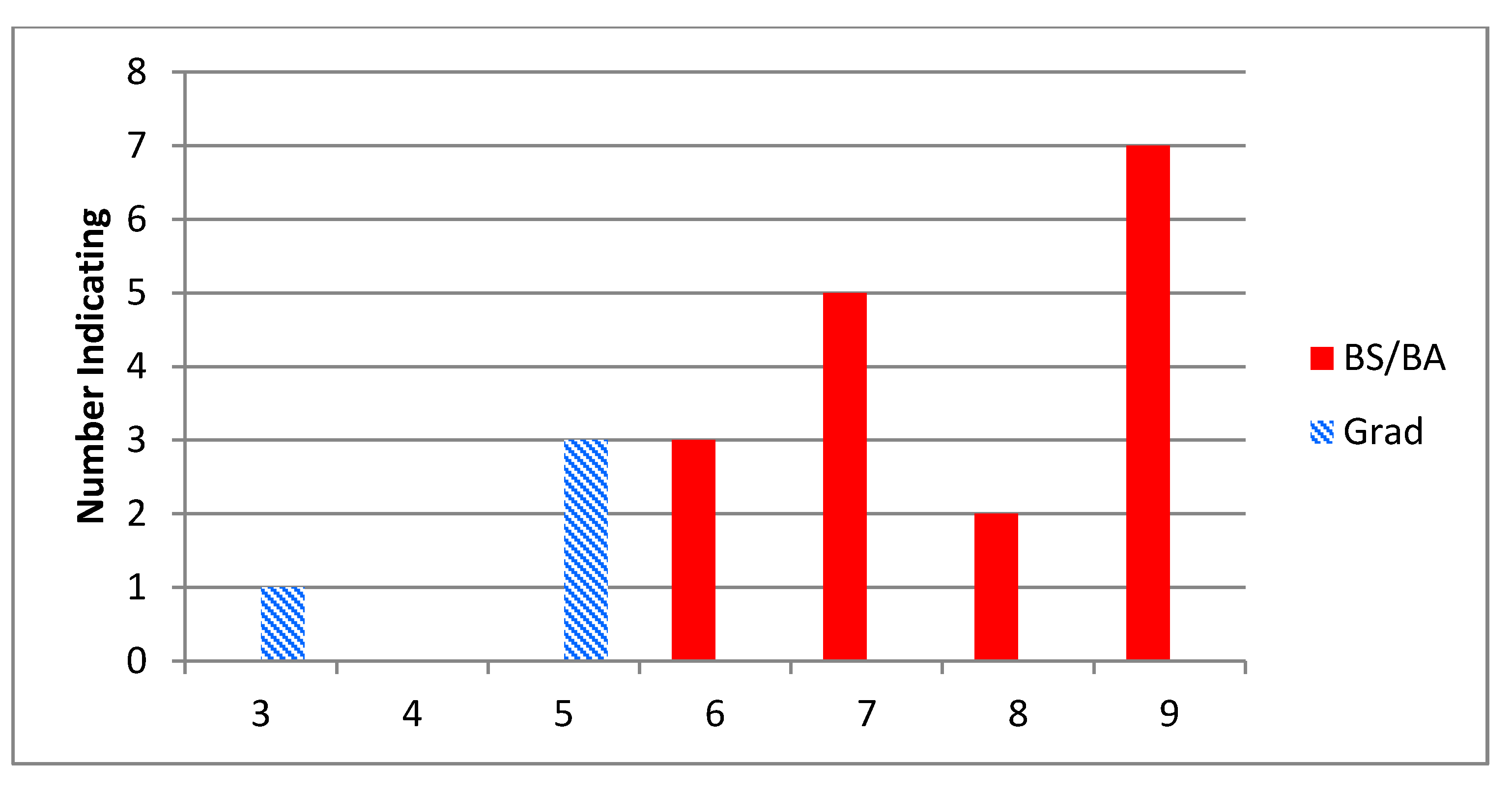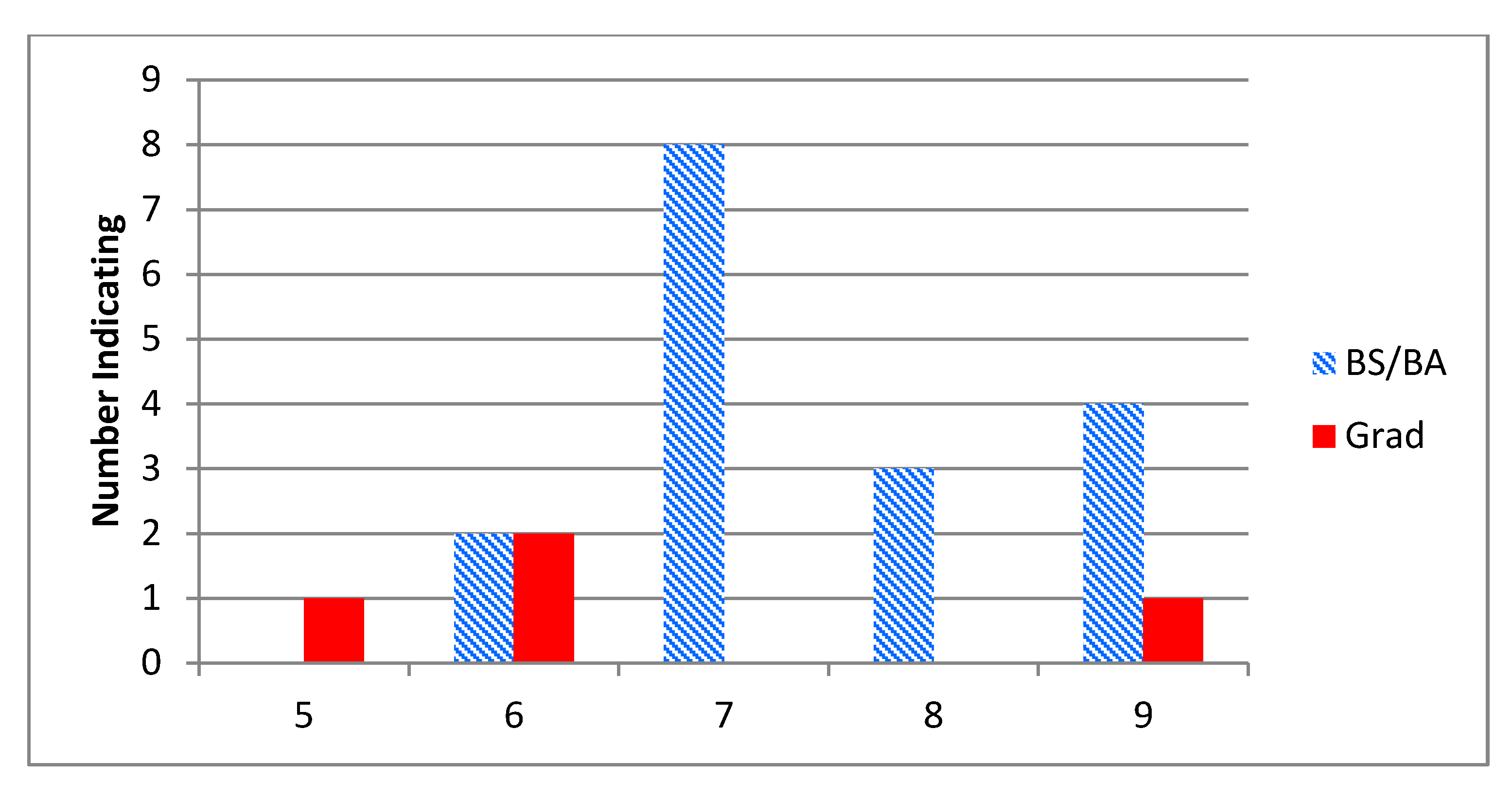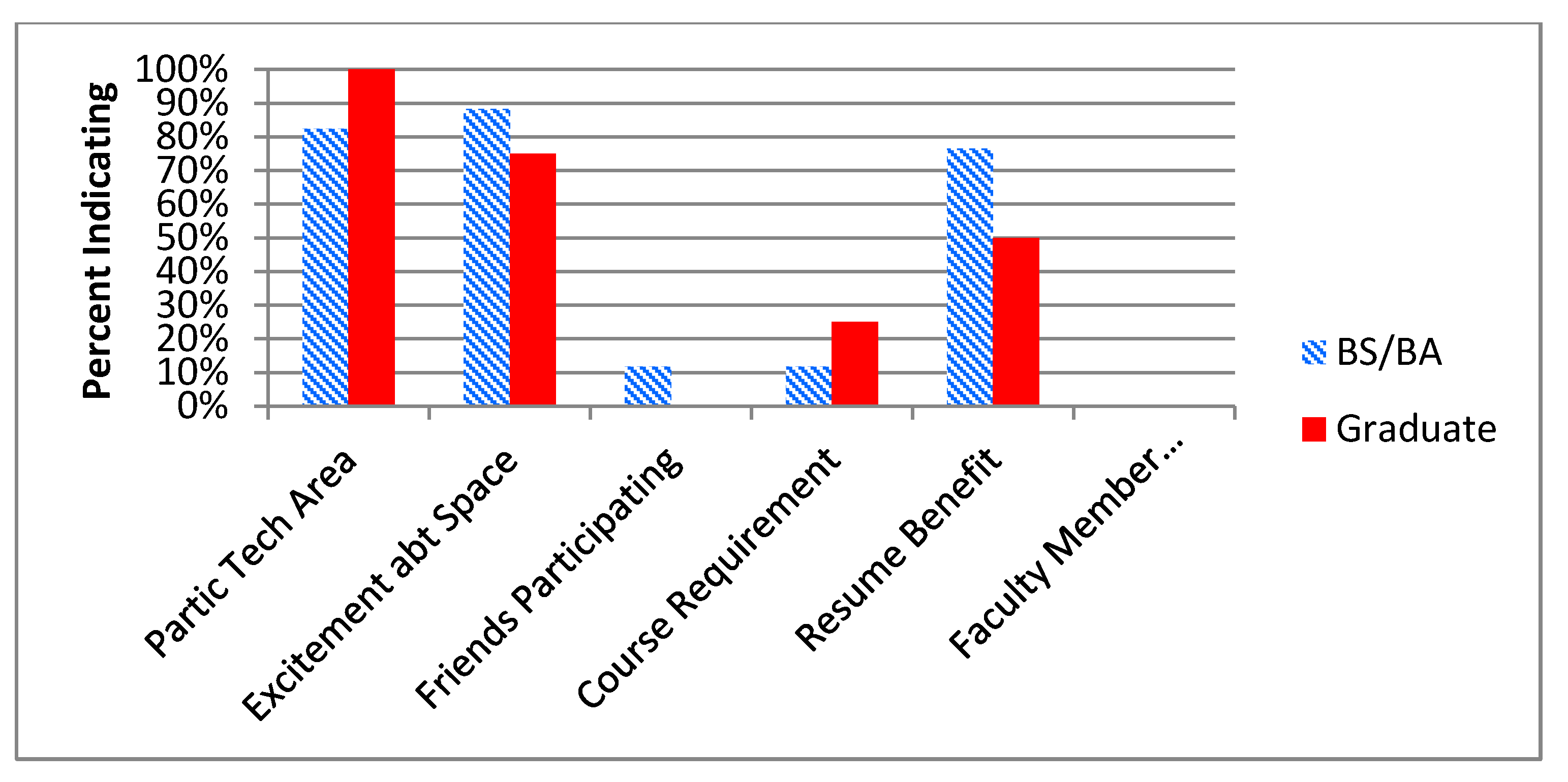1. Introduction
Small spacecraft development activity is increasing significantly. Between 2000 and 2013, the number of manifested “university class” spacecraft has increased from below 5 to over 35 [
1]. From its initial design by Jordi Puig-Suari and Robert Twiggs in 2000 [
2], the CubeSat standard (one type of small spacecraft that is gaining in popularity due to its easily-to-integrate common form factor [
3]) has matured from a tool for student learning to a mechanism for conducting bona fide science [
4,
5] and other work [
6]. In Europe, the ESA’s Student Space Exploration and Technology Initiative [
7] has generated larger spacecraft (similar to the size and mass to spacecraft facilitated in the United States by the Air Force’s University NanoSat Program [
8]). The European Student Earth Orbiter, for example, is a 45 kg spacecraft with dimensions of approximately 30 cm × 30 cm × 100 cm [
9]. While still being built by universities [
1], these spacecraft are being constructed by government [
10] and industry [
11]. Low-cost [
12] and free-to-qualified developer launch services, available through NASA [
13] and the ESA [
14], are increasing access. Small spacecraft are now even being considered for lunar [
15] and interplanetary use [
16].
While the benefits of the form factor for missions are clear, the reasons for student involvement in the design and development of a small spacecraft are less so. In many cases, students participate and devote their skills to small spacecraft development on a voluntary basis (or at a wage level below what they could make by obtaining an off-campus job). Do these students seek to work in the space engineering field? What reasons drive those students who are studying ancillary topics? This paper begins the process of assessing why students decide to participate in small spacecraft development and what benefits they hope to obtain from doing so.
2. Background
Three areas of relevant prior work are now discussed. First, an overview of small spacecraft (and, particularly, CubeSat) development is presented; Next, a brief overview of the project-based learning techniques that are facilitated by a small spacecraft development project is presented; Finally, an overview of the OpenOrbiter program is presented.
2.1. Small Spacecraft Development
Swartwout [
17] proffers that the role of the “university class” spacecraft is to provide an opportunity to try things that could not be effectively explored on larger, more expensive missions due to risk management and other concerns. Many have also used them to provide the educational experience for students envisioned by Puig-Suari and Twiggs when initially defining the form factor [
18]. Nearly 100 educational institutions have developed a small spacecraft (some participating in programs run by other institutions) and several have developed more than one craft [
1]. Use of the CubeSat form factor has expanded beyond academia: over 50 CubeSats not originating from an academic institution are manifested for launch in 2013 (compared to only 30 from academia) [
1]. Academic institutions are also involved in the development of a limited number of non-CubeSat class spacecraft. The utility of CubeSats in project-based learning has also been demonstrated [
19].
2.2. Project-Based Learning and Experiential Education
Project-based learning (PBL) and experiential education (EE) techniques are facilitated by small spacecraft development. Training via the concept of learning-by-doing has a rich history. Apprenticeships, for example, have been used extensively, instead of or in addition to formal education, for training [
20]. PBL and EE formalize, facilitating assessment and dissemination, this demonstrably effective approach which is effective at all levels of education [
21,
22]. The techniques have been demonstrated in engineering (including electrical [
23], mechanical [
24], computer [
25] and aerospace [
26] specialties), computer science [
27], engineering entrepreneurship [
28] and project management [
29], among others. PBL/EE has even been shown to improve student self-image [
30], creativity [
31] and even placement following graduation [
32]. Gilmore [
33] contends that STEM education will determine the future of nations and proffers that PBL and EE are critical to the United States’ ability to compete globally. PBL/EE and small spacecraft development are synergistically linked, with the former providing new participants with fresh “out-of-the-box” ideas and the later providing an opportunity for these individuals to try these concepts and to make mistakes, on a path to success in a low-risk environment facilitated by the low mission cost levels [
34].
2.3. OpenOrbiter Program
The OpenOrbiter program aims to solve an issue faced by institutions aiming to develop a small spacecraft: the need to make a significant upfront investment in development activities (of approximately $250,000) or repeatedly incurring recurring costs for purchasing spacecraft from vendors (approximately $50,000 with a $10,000 allowance for payload components). The OpenOrbiter program is developing and testing the Open Prototype for Educational NanoSats (OPEN), which is producing a set of design documents and spacecraft software that will allow the fabrication of a 1U CubeSat with a parts budget of approximately $5,000 [
35]. The OpenOrbiter/OPEN spacecraft design is described in [
36]. The program [
37], which incorporates students from both typical STEM disciplines and others, has demonstrated the efficacy of small spacecraft development for delivering educational benefits to students [
38].
3. Experimental Design
A survey was administered to returning and prospective participants in the OpenOrbiter small spacecraft development program at the University of North Dakota. This survey, which was conducted anonymously, asked students for demographic information and then asked them to characterize their reasons for participating. These surveys were given at initial meetings used for recruiting new participants and at initial meetings of project groups.
The survey respondents included both undergraduate and graduate respondents. Respondents included eighteen undergraduate and four graduate students. Of these respondents, four were in their first year of their program, eleven where second year students and two were third-year students. Three were in their fourth year of studies and two were in their fifth year. The undergraduates consisted of one freshman, five sophomores, seven juniors and six seniors. Note that as a largely volunteer program, the demographic makeup of participants varies (sometimes significantly) from semester to semester. The current focus areas (e.g., this survey was performed at a time when a key focus was software development) also dictate the breakdown of the majors of students involved.
The respondents to the survey were predominantly computer science majors (due to the aforementioned software focus).
Table 1 shows the majors and minors of the participants (note that if an individual indicated multiple minors, they are counted in each category).
Table 1.
Student participants, by major and minor.
Table 1.
Student participants, by major and minor.
| Air Traffic Control | Electrical Engineering | Theatre | Info Systems | Math | Computer Science | Philosophy | Political Science |
|---|
| Major | 1 | 1 | 0 | 0 | 0 | 21 | 0 | 0 |
| Minor | 0 | 0 | 1 | 1 | 8 | 1 | 1 | 1 |
Students were also asked whether they had previously participated or not. Twelve individuals indicated previous participation, while eleven indicated that they had not participated previously. Note that the participation is nearly evenly split between returning participants and the newly joined. Past participants were asked to indicate the duration of their previous participation. Four students indicated participation for one semester, seven indicated two semesters of participation, two students indicated three semesters of participation and two students indicated four semesters of participation. Whether students had or were planning to receive academic credit for their participation was also assessed. Eighteen students indicated that they had not participated/were not participating for academic credit (and did not plan to do so). Three indicated participation/planned participation for a course project. One indicated participation/planned participation for an independent study project and one indicated participation/planned participation for other academic credit.
The breakdown of student participants is a function of various recruiting efforts pursued by those involved in the program. A strong recruiting effort, for example, to involve freshmen in the previous year may be largely responsible for the number of sophomores indicated and the high number of individuals with two semesters of previous participation (and probably affecting the number indicating one semester as well). It is apparent that approximately one-half of those surveyed are returning participants and one-half are new participants. The number of opportunities for participating for academic credit has also expanded over time. In the first two semesters (under a thematically related precursor program), there were only two students who participated for academic credit; the third semester had three participants for academic credit and the forth semester has allowed seven individuals to participate for academic credit. This survey was taken prior to the establishment of one of the opportunities for for-credit participation, so several of the individuals who indicated that they were not participating for academic credit ended up doing so (some others had graduated and thus didn’t take the survey). Additionally to participation as part of a senior design, junior design or other whole-class participation opportunity, several students have had the opportunity to perform work on the project to satisfy a component-requirement of a class. For example, three students created Architecture Analysis and Design Language (AADL) documentation for a software architecture course. This type of participation is not included in this category.
The first seven questions collected demographic data, while subsequent questions assessed student expectations from program participation. The responses to these questions are presented in the subsequent section.
4. Data Collected
In question eight, students were asked to select all of the benefits that they hoped to gain through their participation. The list of possible areas of benefit that could be selected is presented below. Students were also given the opportunity to write in other areas of benefit. This list is based on pre-identified project goals and other benefits that students indicated they believed they had received or would like to receive through other surveys [
38] and anecdotally.
| Knowledge about spacecraft design | Experience working on a large group project |
| Knowledge about structured design processes | Experience with a structured design process |
| Knowledge about a particular technical topic | Experience related to a particular technical topic |
| Knowledge about project management | Project management experience |
| Knowledge about time management | Time management experience |
| Leadership experience | Improving leadership skills |
| Improving technical skills | Improving project management skills |
| Improving time management skills | Understanding of how my discipline relates to others |
| Experience working with those from other | Learn other discipline’s technical |
| disciplines | details/terminology |
| Real-world project experience | Improved chance of being hired in desired field |
| Item for resume | Ability to present at professional conference |
| Improved presentation skills | Ability to present at professional conference |
| Inclusion as author on technical paper | Recognition in the university community |
The responses of students to this question are summarized in
Figure 1,
Figure 2 and
Figure 3.
Figure 1 presents overall counts of the number of respondents who indicated that they hoped to gain each particular area of benefit.
Figure 2 indicates the percentage of graduate and undergraduate students who indicated that they hoped to obtain each type of benefit.
Figure 3 compares the responses of new entrants to those who have previously participated. Note that in most cases the expectations of previous participants and new entrants are closely correlated. This would tend to suggest that these expectations are being met (as existing participants would likely not believe that they would stand to gain benefits that they had not personally experienced or seen others experience during their previous participation).
Figure 1.
Overview of benefits sought by participants.
Figure 1.
Overview of benefits sought by participants.
Figure 2.
Benefits sought by participants, by undergraduate/graduate status.
Figure 2.
Benefits sought by participants, by undergraduate/graduate status.
Figure 3.
Benefits sought by participants, by whether they have previously participated.
Figure 3.
Benefits sought by participants, by whether they have previously participated.
In question nine, students were asked to rank their top three areas of benefit by importance.
Figure 4 and
Figure 5 depict the responses to this question, with experience in a large group project, real-world project experience and improved technical skills ranking first through third.
Figure 4.
Choices selected by respondents as one of their top three areas of desired benefit.
Figure 4.
Choices selected by respondents as one of their top three areas of desired benefit.
Figure 5.
Choices selected by respondents for each of the top three areas of desired benefit.
Figure 5.
Choices selected by respondents for each of the top three areas of desired benefit.
The next four questions sought to assess specific reasons for students joining. Questions ten and eleven asked students whether they were interested in seeking employment in the field that they were or planned to participate in and whether they believed that participation would aid them in securing employment. Both of these questions were responded to on a nine-point scale, ranging from 9-Strongly Agree to 5-Neutral to 1-Strongly Disagree. In both cases, the favorable answer (interest in seeking employment and participation aiding in securing employment) would correlate with the 9-to-5 scale range, while those believing the opposite would indicate between 5 and 1.
Figure 6 and
Figure 7 present a histogram of responses to these questions. The responses of undergraduate and graduate students are compared. Note that the responses of the graduate student respondents are generally less favorable than those of the undergraduates. This may be attributable to different career aspirations, existing experience levels (and thus less perception of additional benefit to be gained) or other factors. Exploration of the reason for these responses will be a subject for future work.
Finally, respondents were asked to indicate specific factors that drove their decision to join (in question 12). The responses to this question are presented in
Figure 8.
Figure 6.
Participant response regarding whether they are seeking employment in this field.
Figure 6.
Participant response regarding whether they are seeking employment in this field.
Figure 7.
Participant response regarding whether they believe participating will aid employment.
Figure 7.
Participant response regarding whether they believe participating will aid employment.
Figure 8.
Reason for participating, by undergraduate/graduate status.
Figure 8.
Reason for participating, by undergraduate/graduate status.
5. Analysis of Data
The data presented in the foregoing section indicates that students seek to attain a wide variety of related benefits from their participation in a small spacecraft program.
Figure 1 demonstrates the breadth of these varied interests. The raw response data indicates that this is indicative of both the breadth of interest of individuals (with 12 students indicating over 10 areas of desired benefit and 4 of these indicating over 20 areas) as well as the diverse interests of the group as a whole. The areas of desired benefit were similar between graduate and undergraduate students, with graduate students showing more interest in most areas (some significantly, such as spacecraft design where all of the graduate students indicated an interest in the learning benefit as compared to only half of undergraduates). Undergraduates, however, showed significantly more interest in improved technical skills, real world project experience and improving their chances of getting hired (with nearly 90% of undergraduates indicating that they desired this benefit as compared to no graduate students). They also showed a marginally higher level of interest in experience in a structured design process and university recognition.
The expectations of those that had previously participated versus those who had not were close in most areas. Previous participants showed a significantly greater interest in gaining knowledge about spacecraft design and project management as well as a desire to build their resume. New participants showed a significantly greater interest in improving their technical skills, large project experience and chances of being hired. The difference with regards to the last two may be due to the fact that participation in the project (at all) offers much of this type of benefit in a short period of time, meaning that there is less expectation of gaining it for existing participants.
Figure 4 and
Figure 5 demonstrate the relative importance of a few key areas of focus. The most important would appear to be improving technical skills. While more individuals selected large group project and real world project experience, improving technical skills was selected by nearly 35% of respondents as the most important item (less than 20% of respondents selected large group project experience as their most important choice and less than 15% selected real world project experience as most important). Knowledge about spacecraft design and resume-related benefits both were a top choice of over 20% of respondents (though these were divided over the three categories, with both having the highest interest shown in the second-most-important slot).
Two-thirds of respondents (66.7%) indicated an agreement or more favorable response (strongly agree was the mode of the question), indicating that they are seeking employment in a field related to their participation. An additional 14% indicated a less certain positive (6) response, for over 80% of respondents indicating some level of interest in participation-related employment. Of the remaining 20%, 14% indicated a neutral response and one individual indicated a disagree (3) response. Notably, the stronger-interest responses came from undergraduates. There was a similarly strong response with regards to belief that participation would aid employment with no respondents indicating disagreement and 76% indicating an agreement or stronger level response (19% indicated a less positive agreement and one individual indicated a neutral response).
Finally, the responses to the reason for participating indicated strong correlation between undergraduate and graduate respondents. Over 80% of undergraduates and all graduate students indicated that participation was based on interest in a particular technical area. Eighty-eight percent of undergraduates and 75% of graduate students indicated participation due to space excitement. Twelve percent of undergraduates and no graduate students indicated that they were participating due to the fact that a friend was participating. Just over 10% and 20% of undergraduates and graduates, respectively, indicated they were participating to satisfy a course requirement. Seventy-six percent of undergraduates and 50% of graduate students indicated that they joined to attain a resume benefit. No students from either group indicated that they were attracted by the participation of a particular faculty member. The foregoing shows two clear areas of focus and the tertiary focus area of the resume benefit, with the other areas being of less importance.
It is important to note that the limited number of respondents and the fact that they are all participants/prospective participants in a single small spacecraft program limits the potential for extrapolation from this data. The collection, comparison and analysis of reasons for program participation at other colleges and universities will serve as a subject for future work.
6. Conclusions and Future Work
This paper has presented an analysis of the reasons why students participate in small spacecraft development, based on surveys of prior and new participants in the University of North Dakota’s OpenOrbiter Small Spacecraft Development Initiative. It has demonstrated that students seek specific benefits from their participation and suggested that these benefits are being delivered due to the correlation between the expectations of prior and new participants.
Future work will include expanding the scope of assessment to determine whether significant differences exist between reasons for student participation between schools and between majors. This will be assessed on a regional basis. Respondents will also be segregated by institutional factors to determine whether expectations are different based on the school’s legacy of spacecraft design and development experience and/or institutional ranking. The impact of whether students are seeking volunteer or paid participation opportunities will also be assessed. In the longer term, the assessment of whether the desired (and/or other) benefits are attained and the broader impact that program participation has on society (via the impact of program alumni) will be assessed.

